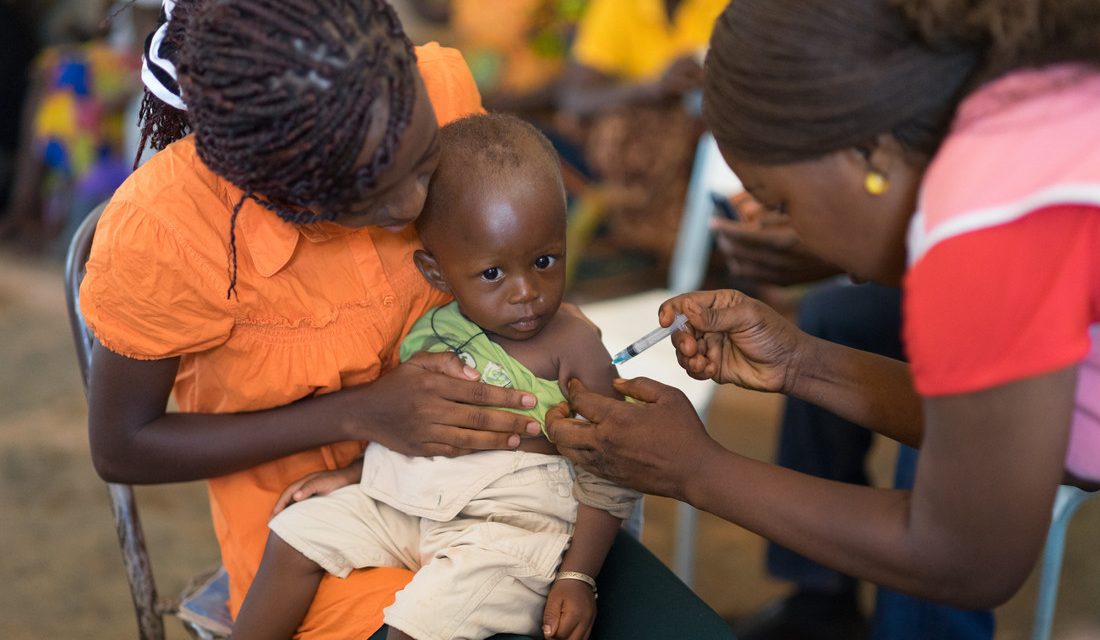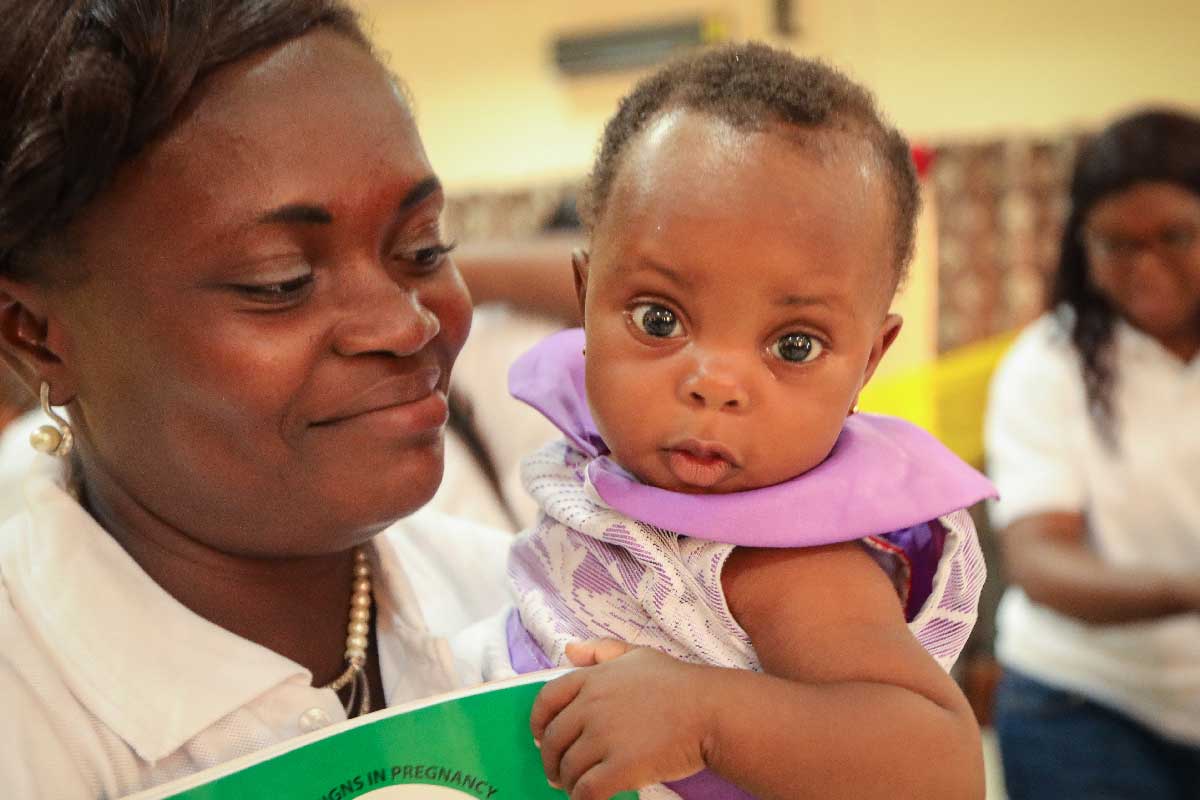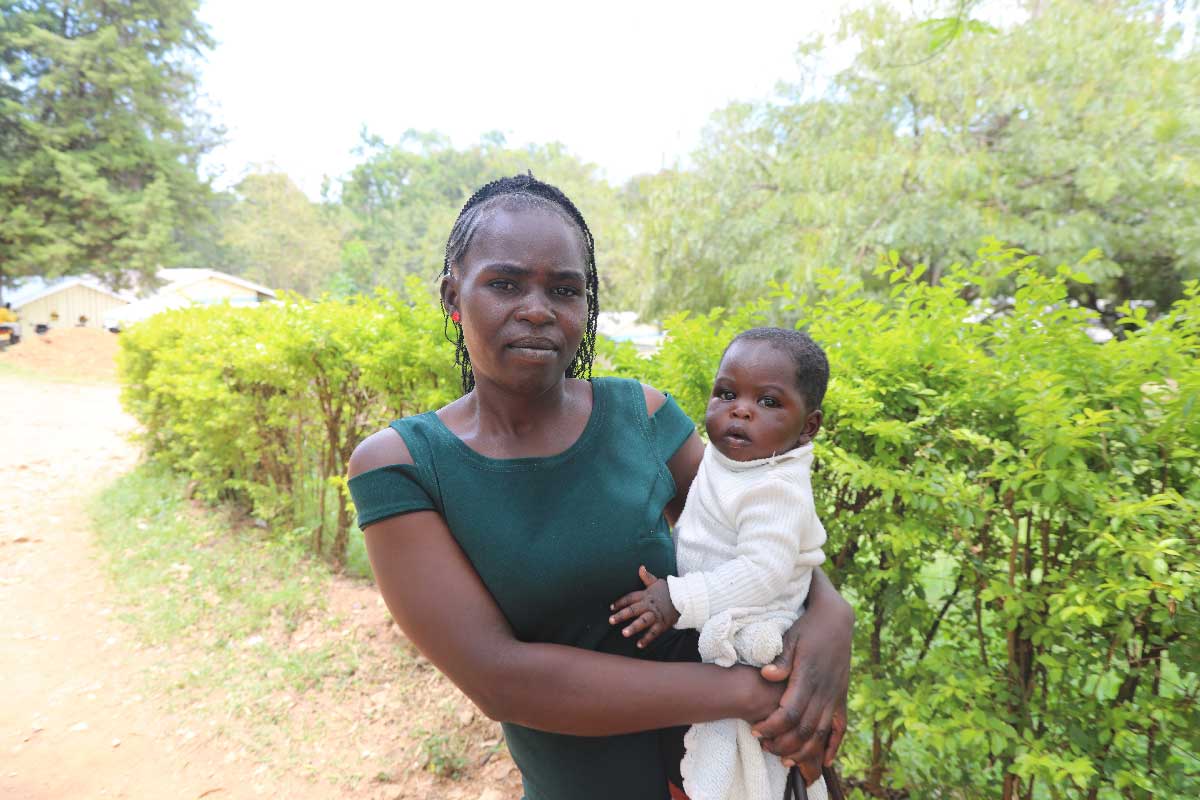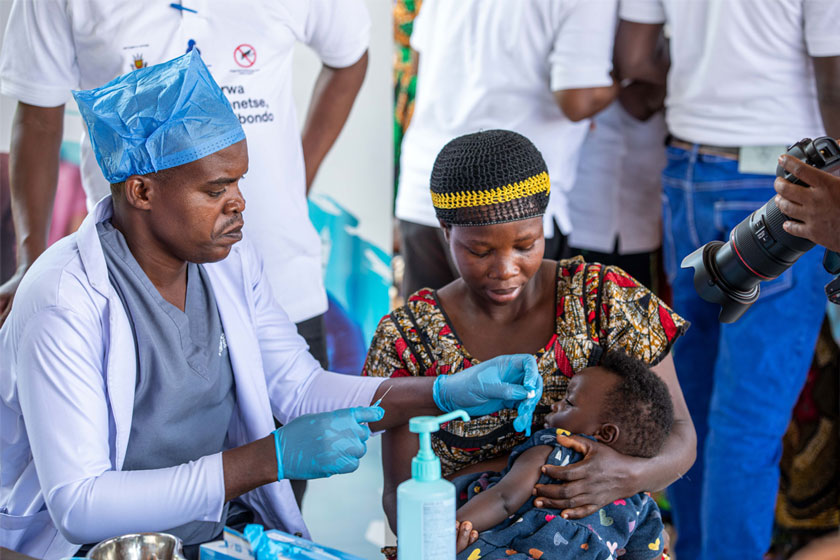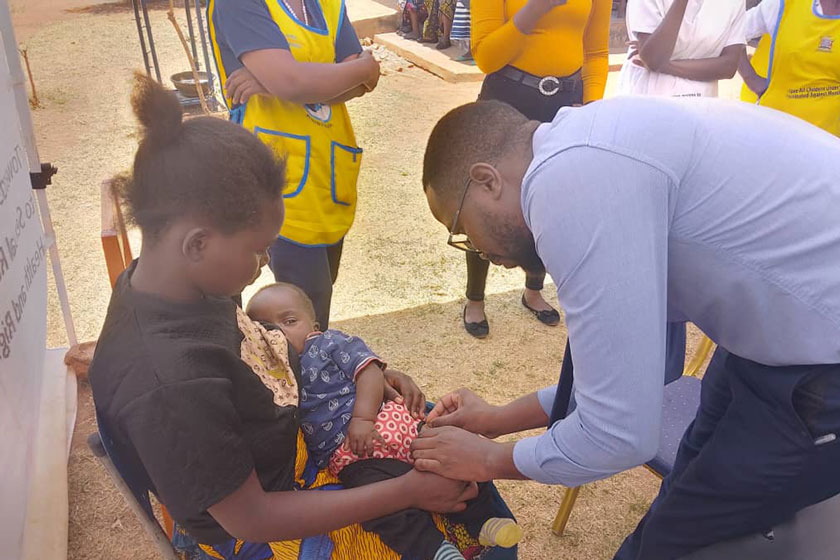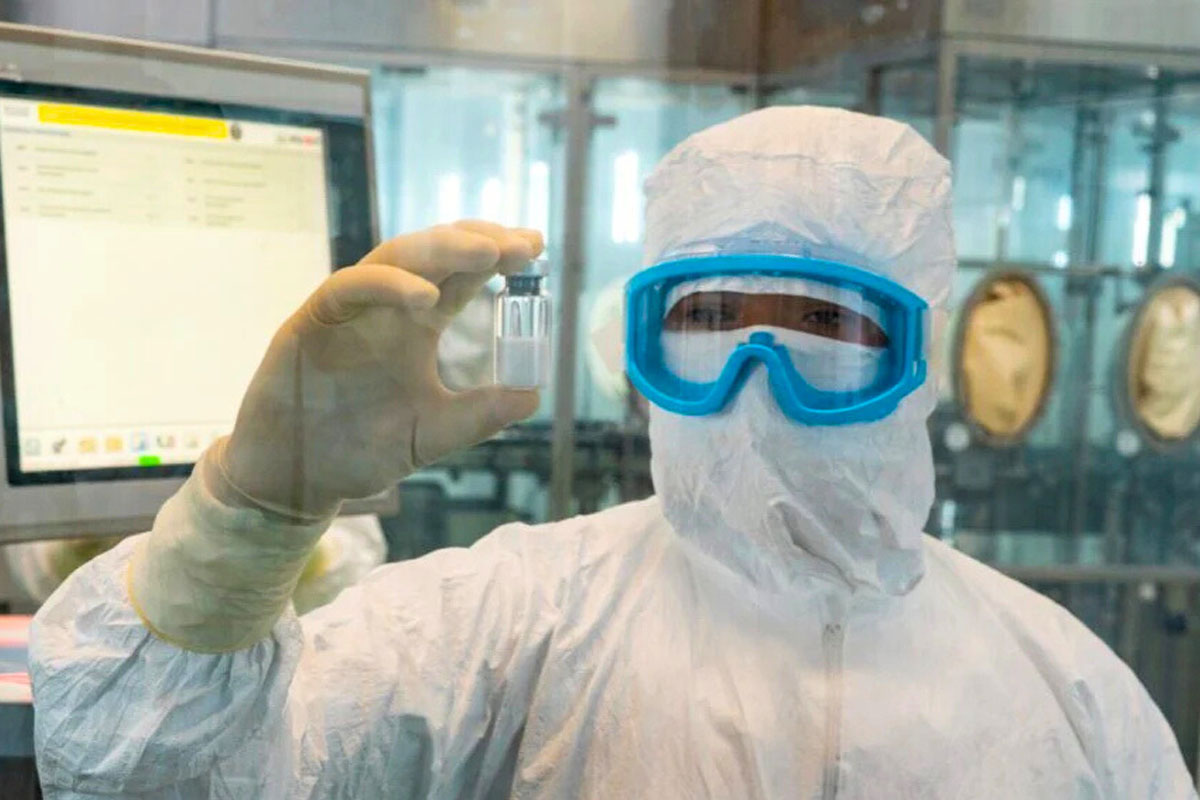Kristen Kelleher, Gavi, the Vaccine Alliance
This week the world comes together in New York to check on progress toward achieving the Sustainable Development Goals (SDGs). One year after the international community agreed on a set of clear targets to end poverty and create a peaceful, prosperous globe by 2030, a High-level Political Forum will assess how governments are tackling poverty, hunger, poor health and gender inequality. The Forum will also review efforts to find new ways and partners to ensure the SDGs meet their deadline.
The strength of the SDGs’ universal call to action is clear in the design of its multi-coloured logo: a circle showing how problems and solutions are interconnected. It underlines the need to transcend traditional public-private sector dividing lines, as well as single-sector policy portfolios, if we are to make a lasting impact on a more fragile world with rising inequities. The 17-year history of Gavi, the Vaccine Alliance, demonstrates the unique benefits of a public-private partnership. By focusing the comparative advantages of global stakeholders in immunisation on a single mission, our Alliance has helped ensure more than 80% of the developing world’s infants have access to a full course of life-saving vaccines. Today, the power of immunisation means hundreds of millions of children, families and communities are thriving and prosperous.
Immunisation is an example of a super buy for the SDGs: a cost-effective public health intervention whose benefits stretch far beyond its immediate impact. As we push for the more inter-connected view of the world needed to meet our 2030 goals, here are six ways that you might not realise how immunisation helps achieve the SDGs:
1. No poverty:
Immunised, healthy children free up their parents to work and grow into a productive future workforce that boosts household incomes and strengthens economies.
For every US$ 1 invested in immunisation in low- and middle-income countries, there is an estimated $US 44 net benefit to the wider economy through longer, healthier lives.
2. Zero hunger:
Immunisation and good nutrition are a recipe for healthier children and families.
Malnourished children are more vulnerable to die from infectious diseases. Many can be prevented by immunisation: pneumonia, diarrhoea and measles. Immunisation and good nutrition result in healthy families.
3. Good health and well-being:
Immunisation is one of the most cost-effective ways to protect the health of children. It is an essential element of sound primary health care.
Today, vaccines save 2-3 million lives every year. Millions of children are alive and healthy thanks to the power of vaccines.
4. Gender equality:
Human papillomavirus (HPV) vaccines prevent most cervical cancers (70%) amongst adolescent girls. They have a demographic dividend of better women’s health in the next generation, particularly in developing countries.
Every 2 minutes a woman dies from cervical cancer. More than 85% of deaths from cervical cancer occur in low- and middle-income countries.
5. Industry, innovation and infrastructure:
Innovative new vaccines, like the Ebola vaccine, can prevent pandemics before they start and better prepare the world for disease outbreaks.
The “fast-track” development of the Ebola vaccine contributed to a global strategy to develop effective tests, vaccines and medicines on a much faster pace during epidemics.
6. Partnership for the goals:
Immunisation has been transformed over the past two decades by a public-private approach combining the best of both sectors to develop, finance and deliver affordable vaccines to more children in need.
Immunisation rates in the world’s poorest countries have risen to unprecedented high levels. There is more to do but innovative partnerships show us how to leave no one behind.

